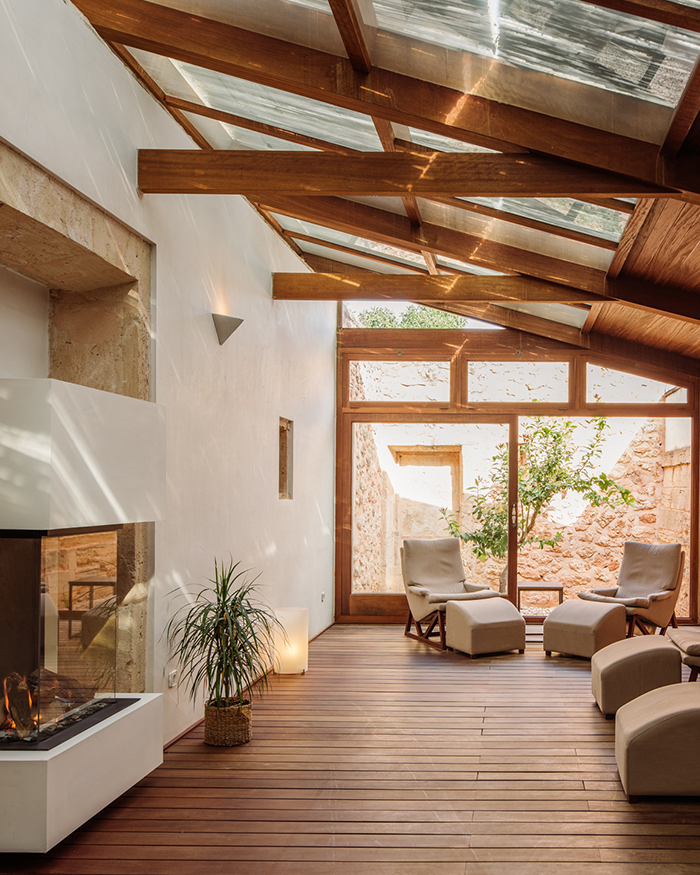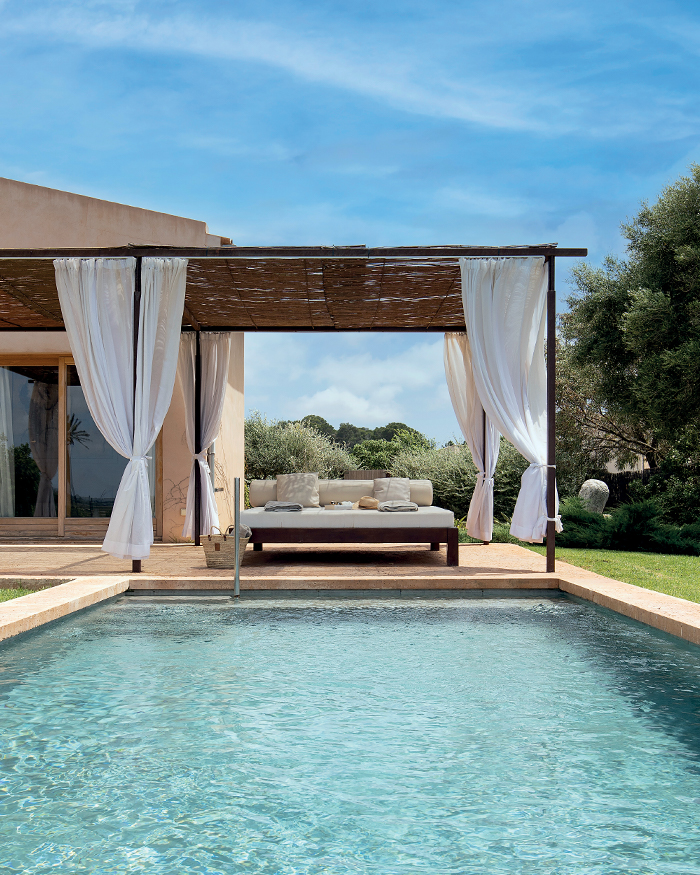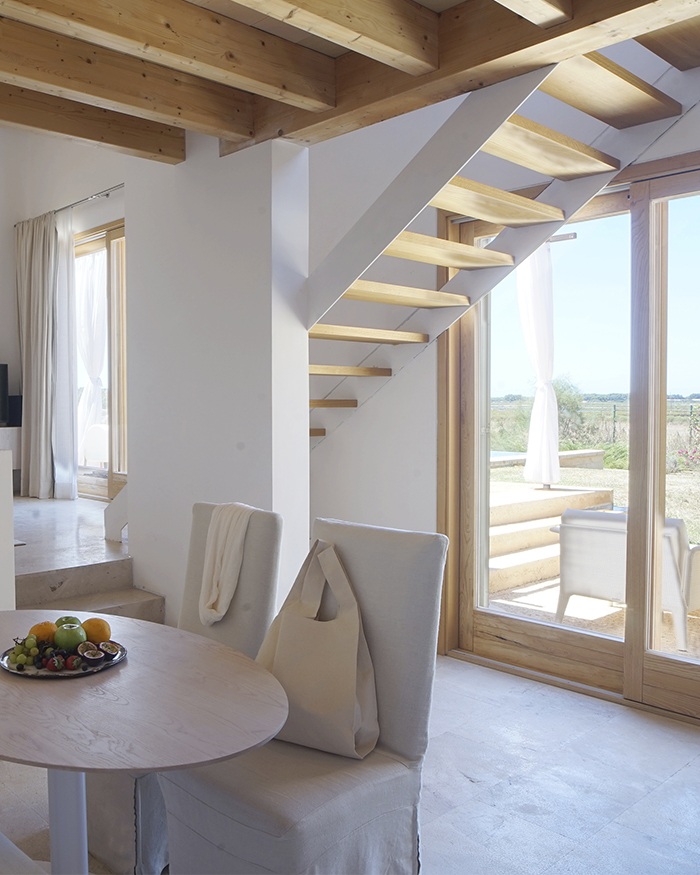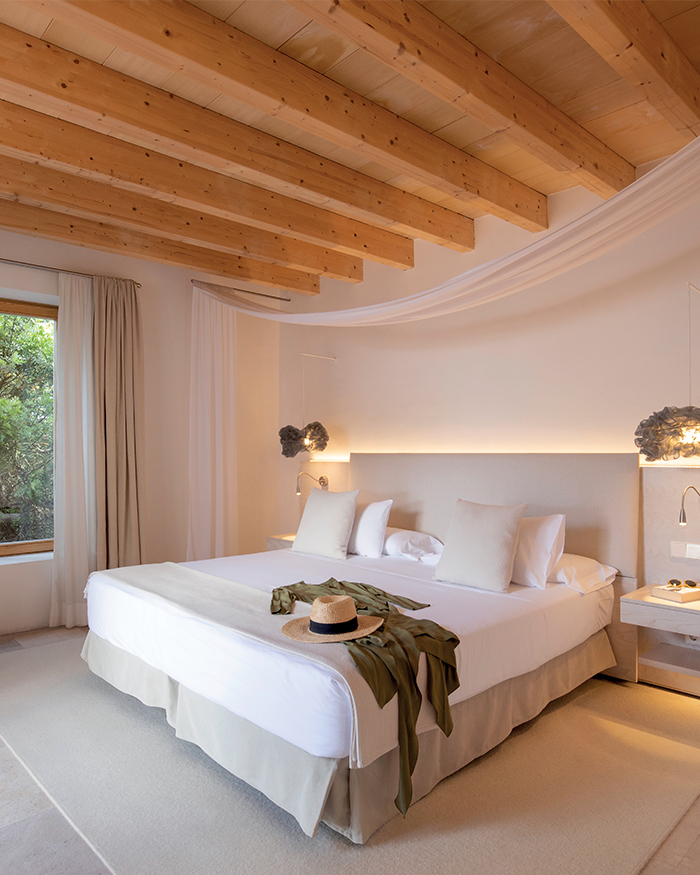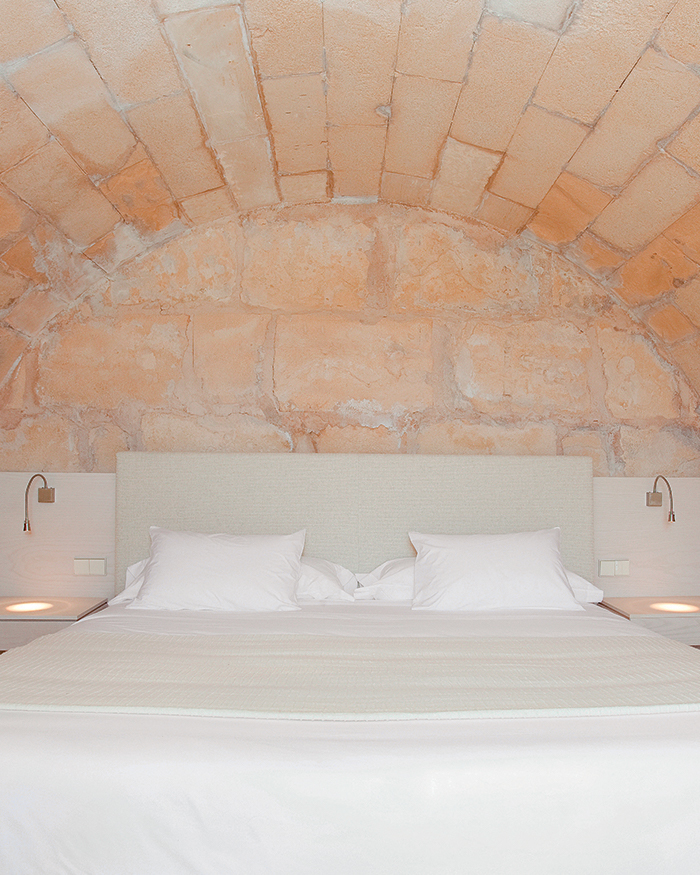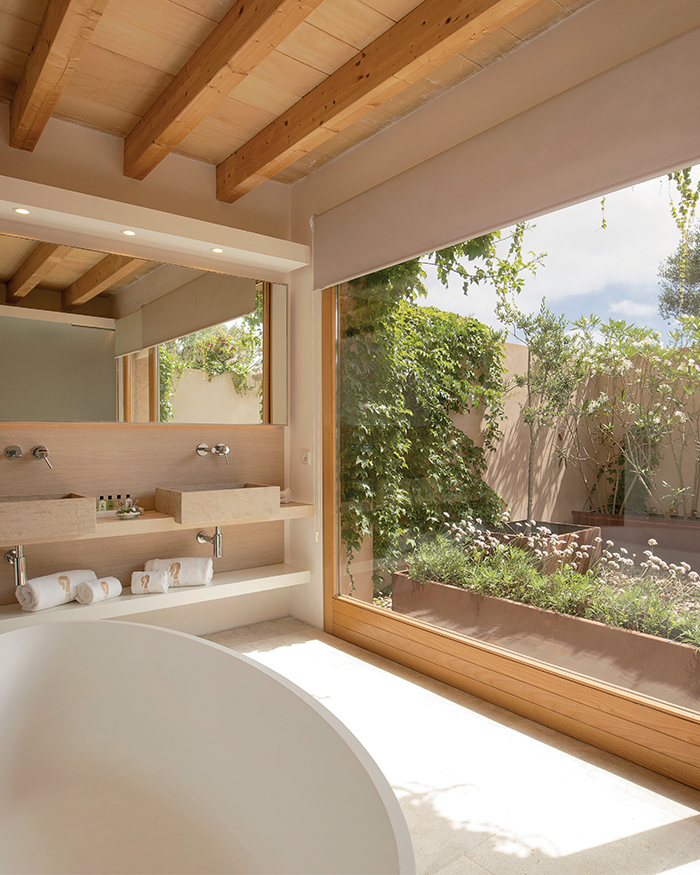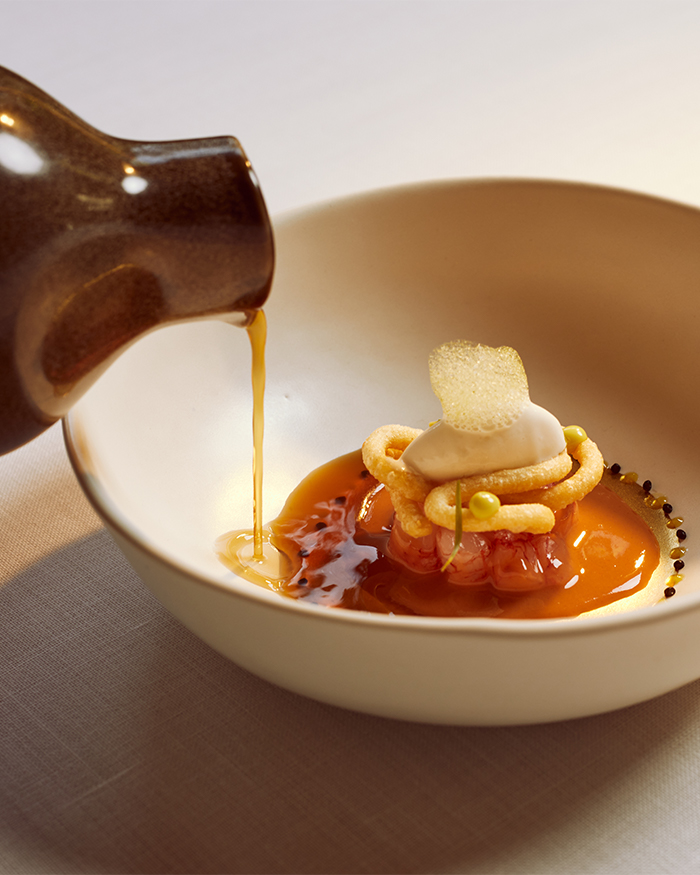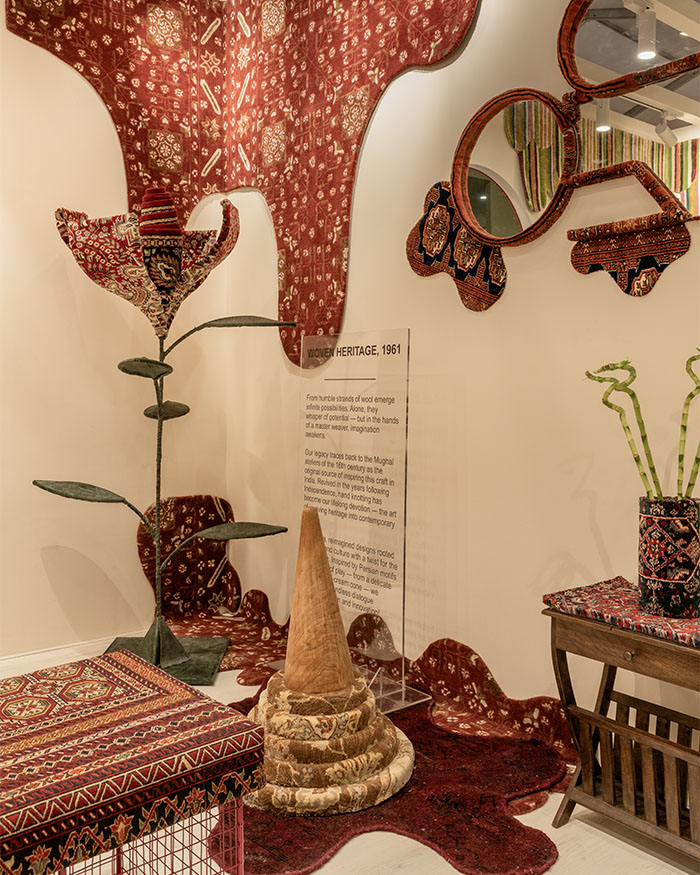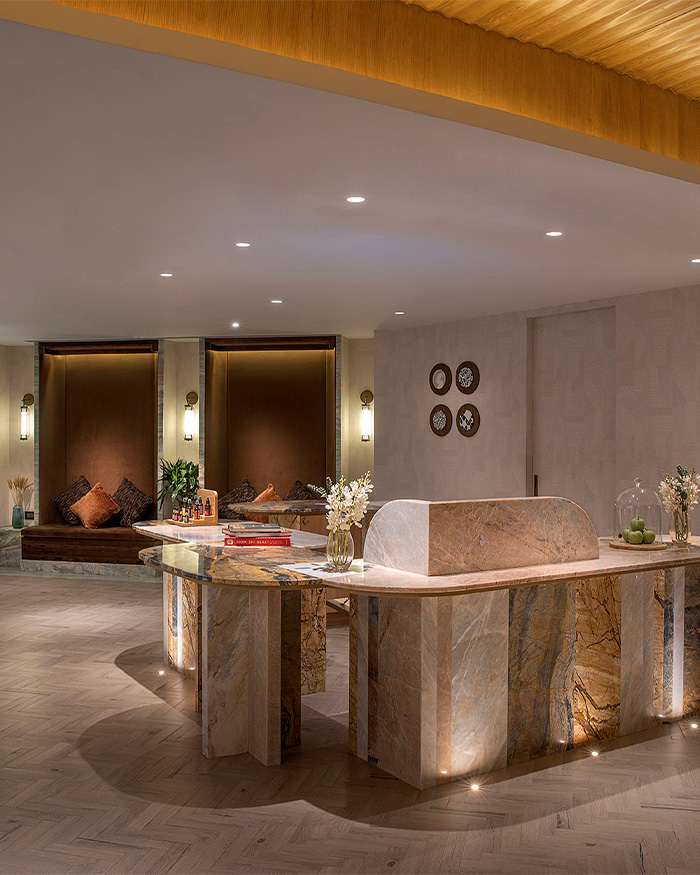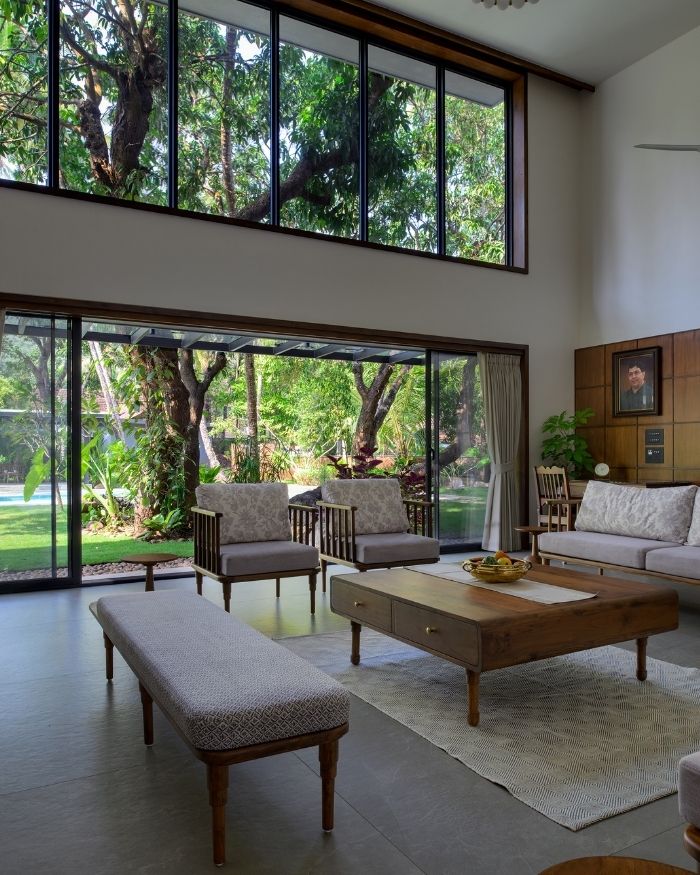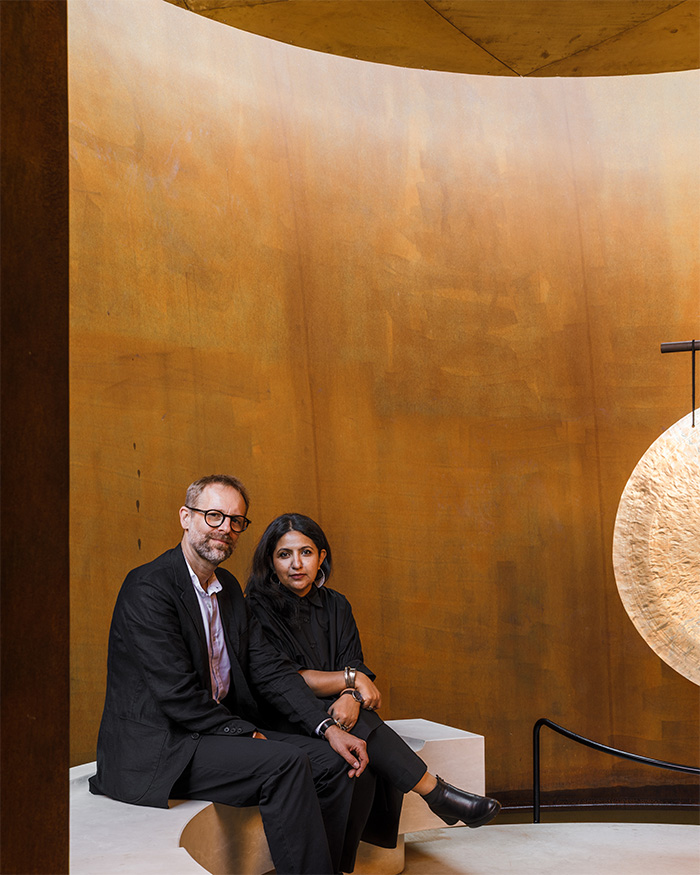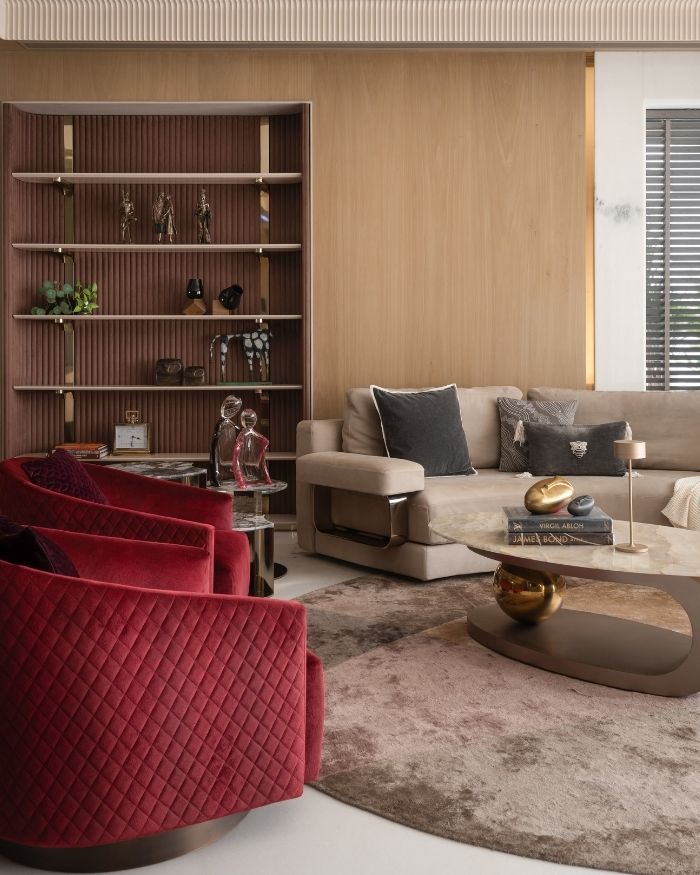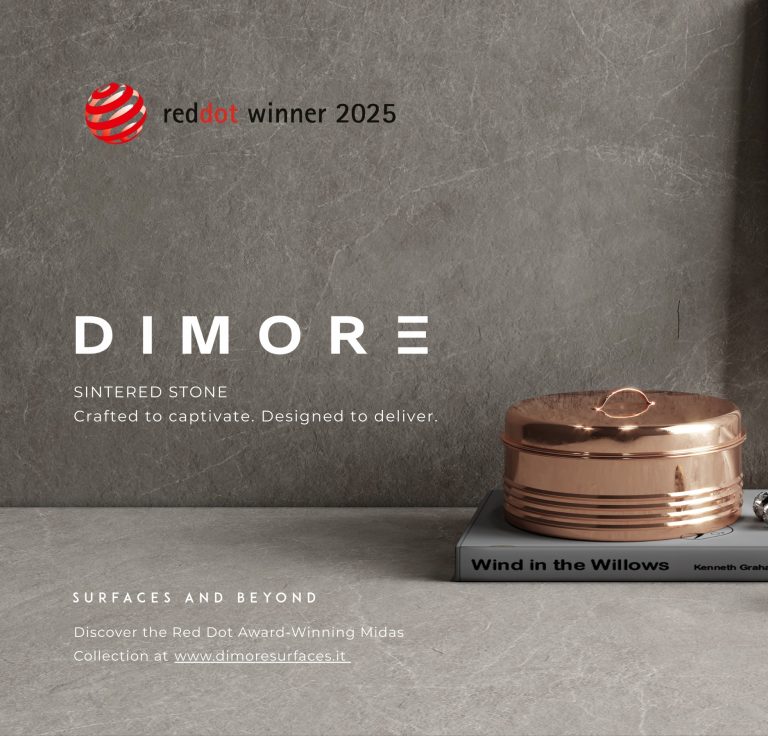What happens when you put three workaholics in a room? We bring with us our laptops, deadlines and lots of coffee. I am in the company of my seniors, Mrudul Pathak Kundu and Misha Bains, the former being our editor, and the latter is our publisher. Both being far more seasoned at balancing calm and chaos but together, we end up recreating a portable office around us; be it the airport or the lobby of a wellness resort. The last time around, that resort was Fontsanta Hotel Thermal Spa & Wellness in southern Mallorca. But much to our surprise, it became the undoing of our hyper-scheduled selves and three workaholics stopped trying to win the day.
Located just beyond the Es Salobrar salt flats, Fontsanta feels like a pocket of still air rather than a destination. The buildings are low, honey-toned and open to the landscape, built of local limestone and lime plaster that seem to dissolve into the horizon. When we arrived, the staff gave us a short tour and, with gentle persistence, urged us to try the thermal springs first. That suggestion changed the pace of everything that followed. We agreed half-heartedly, still in work mode, planning to be in and out before checking our emails. But once we entered the warm mineral water that has flowed beneath this land for centuries, something shifted. The heat wrapped around us, steady and constant, slowing our pulse to match the quiet around it. The staff had said our bodies would know when to leave, and they were right. Minutes slipped without notice.




